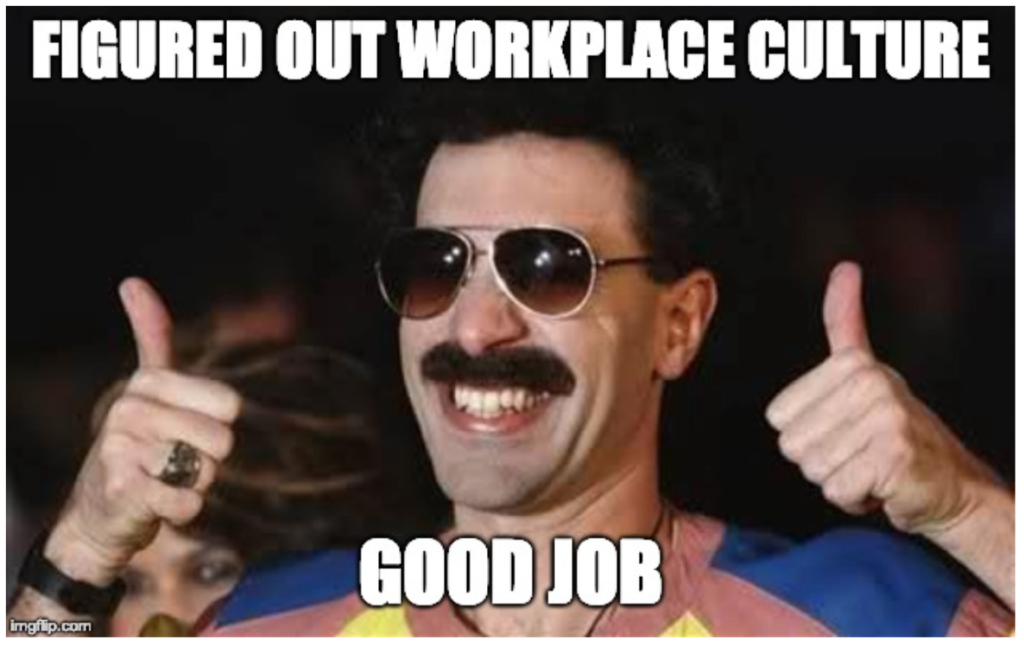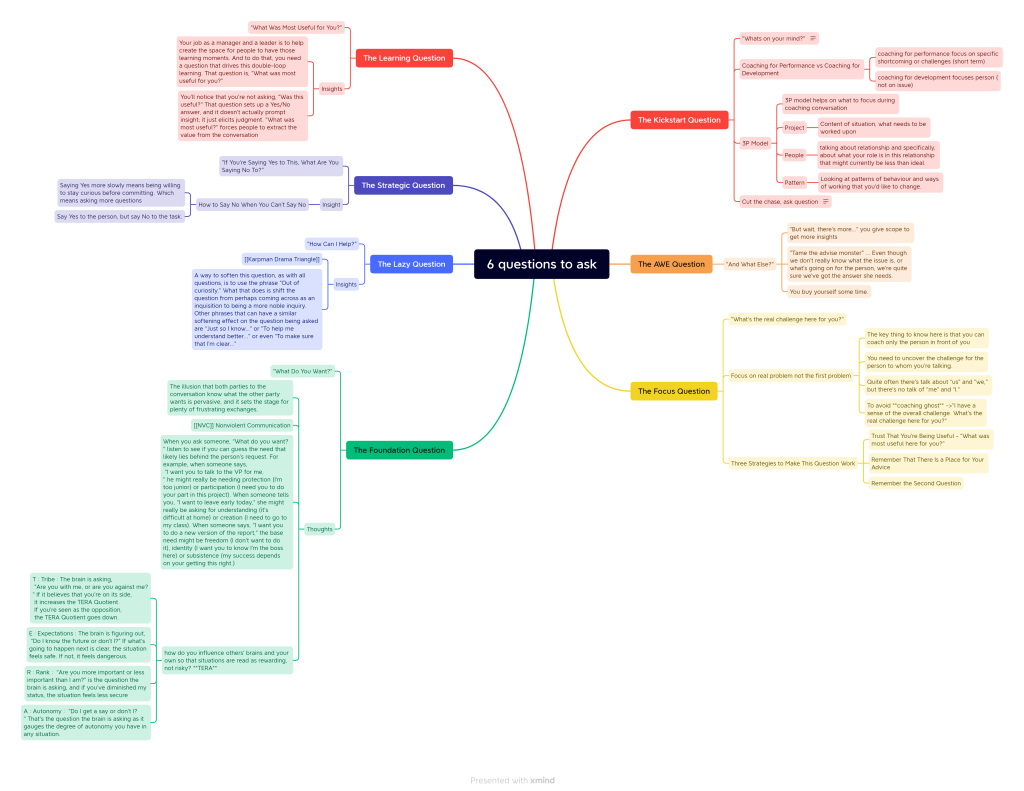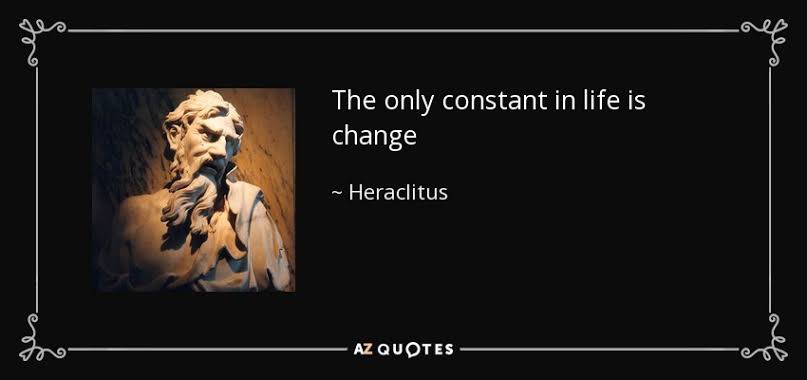Distraction at work

There are many ways to be productive, many tools to use and many methods to follow. However, the tools which we use to be productive on our workstations and mobile, are all fighting for our attention. And the best way to get our attention is to brighten that screen when new notification comes or ping when it arrives first.
Ping for upcoming meeting in 15 min, ping for an email arrived in outlook, a ping someone put something in teams chat box, ohh a bigger ping, someone mentioned me in the chat! That’s cool, it’s all office and they want me on the top of all topics! Another ping from my mobile, this time my family is discussing something in WhatsApp group, as well as my “old school friend group” is on some topics. Let me not mention the constant screen popping from Facebook and Instagram! They all want me be around and participate to make me feel more socially connected!
For sure, both my workstation notification and mobile notifications are designed with good intent to keep me productive and be socially connected! But in second thought, too good is devil! There is no free lunch!



Fortunately I think under obligation all these platforms are offering to shutdown all these notifications! For sure these settings are difficult to find and enable. (We can guess why).

Spend time and follow these links to disable those focus eating notifications from your desktops. I use them regularly for not only for myself but also for my teammates.
https://www.makeuseof.com/tag/get-distraction-free-computer-10-easy-steps/
https://www.hellotech.com/guide/for/how-to-turn-off-notifications-on-iphone/amp
https://www.nirandfar.com/hack-back-phone-distractions/
The theme I follow is, when I feel need to check something, I’ll go and check, I don’t want something to remind me to do that. Mostly these notifications are not life saving one, and can be ignored. Anything urgent, they will reach to you, don’t worry. Focus on what’s in hand.
The fear of missing out

The fear of missing out is major incentive for one to go on check all those notifications. But to realise that the most important thing is front on oneself and a commitment to complete that Tak’s at hand has higher returns than the activities which demand my attention!
It is the perception that others are having more fun, living better lives, or experiencing better things than you. And this perception is completely false because it’s I’m who is creating the perception. So the way distraction works due to FOMO is the perception of missing out, followed by compulsive behavior to ensure one is not missing out. Hence the control over our feeling is very important to keep us on the track.
It’s not that easy as it said above. I understand. But the way forward is at least “awareness”’of the fact that such FOMO is impacting you and robbing you of your time and your focus. The realisation of this fact itself is a half war won! The rest half, is discipline and constantly reflecting on your journey of recovering your time and focus.
Visit following blogs and get yourself equipped with better tools.
https://viableoutreach.com/the-fear-of-missing-out-20-examples-of-fomo/






























